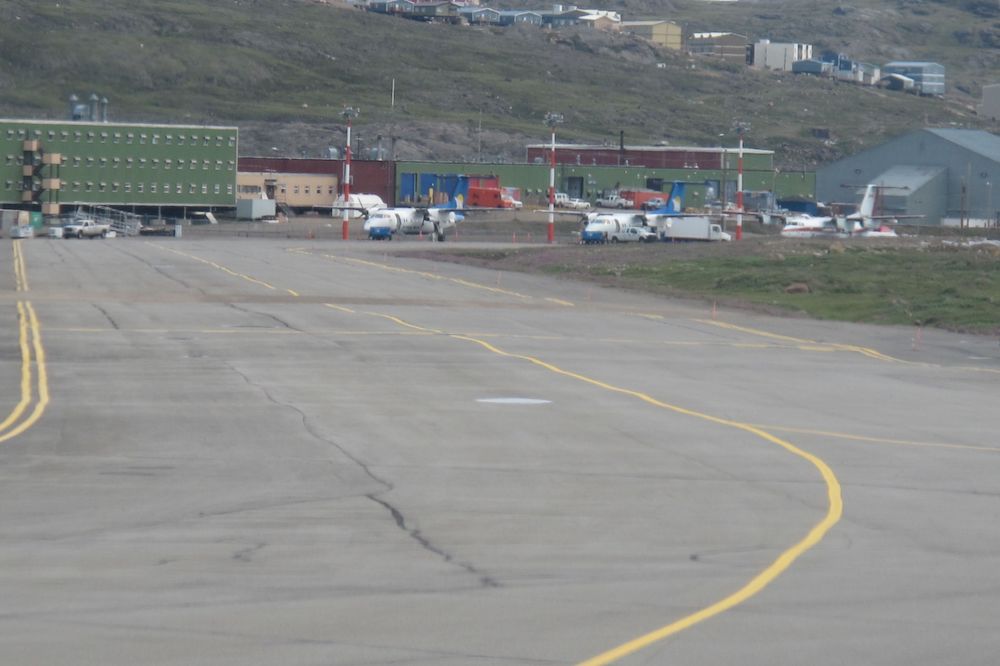Permafrost’s fate may be more closely tied to sea ice than temperature, scientists find
Research finds evidence from Siberian caves to suggest that summer sea ice in the Arctic Ocean plays a key essential role in stabilizing permafrost.

It should come as little surprise that, as the planet warms, the amount of permanently frozen soil known as permafrost will decline. Just how quickly that will happen is a matter of some debate, however. For example, the UN, despite the vast amounts of research into how the climate is being affected by warmer temperatures, can only put the figure for the Northern Hemisphere at between 30 percent and 99 percent for its worst-case scenario for carbon-pollution. Cutting emissions starting in 2010 would have allowed us to get away with losing just 3 percent.
Having a better idea of how much permafrost will thaw — and how quickly — is important because it could hold twice as much carbon, in the form of frozen organic material, as the atmosphere. Should that material begin decaying, it would be a huge source of greenhouse gases. (Though the jury is still out on what overall effect this would have; some research suggests it could actually speed plant growth, which, in turn would help remove some greenhouse gases from the air.)
This is due, in part, to the type of gas (methane, which in the short term is a many times more powerful at trapping heat than carbon dioxide, though it lingers in the atmosphere for a far shorter time), and in part due to the vast amount of permafrost (an estimated 25 percent of Northern Hemisphere land is underlain by permafrost).
Thawing permafrost is also a problem for the estimated 70 percent of infrastructure that could be damaged should the permafrost it is built on thaws. Measures can be taken to prevent damage from being done, but knowing where soil is most likely to thaw and the potential extent could reduce costs by as much as half, according to the UN.
To find out how permafrost will behave in a warming world, scientists have started by looking back to see how it held up during previous warming periods, specifically looking at stalagmites in caves under the current layer of permafrost for traces of chemicals that could only have been deposited had permafrost not been there.
As it turns out, according to their findings, published on January 8 by Nature, a journal, temperature does indeed influence the expansion or contraction of permafrost, but the scientists were surprised to find that periods of stalagmite growth, and thus the absence of permafrost, was not a very close match with warmer periods in the Earth’s past.
On the other hand, the presence of permafrost did appear to mirror periods when the Arctic Ocean was free of ice during the summer, leading the scientists to suggest that this is a better indicator of how permafrost will hold up.
[Deep permafrost around the world’s cold regions is warming, a decade-long study shows]
Gideon Henderson, an Oxford University geochemist who took part in the research, suggested there were multiple reasons for why this is the case. First, the absence of sea ice led to an increase in heat and moisture transfer from ocean to atmosphere, which in turn sent warmer air over larger swathes of the Siberian permafrost.
Then, once the ground had warmed, it was kept that way by higher amounts of autumn snow caused by the increased amounts of moisture in the air. The snow insulated the ground from the extreme cold that was to follow during the winter months, preventing the thawed permafrost from recovering.
If there is indeed a connection, according to the authors of the paper, the projected disappearance of Arctic sea ice in the summer can be expected accelerate the loss of Siberian permafrost, making it more likely that the worst of the worst-case scenarios is in store for its future.